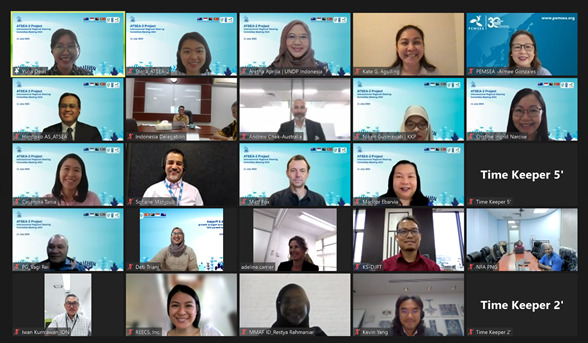On 11 July 2023, members of the Arafura and Timor Sea Ecosystem Action Phase II (ATSEA-2) Project’s Regional Steering Committee (RSC) met online, in preparation for project completion in 2024. The RSC, which is responsible for making key project decisions, gathered to assess mid-year progress and discuss pending tasks. Participants included government representatives from Australia, Indonesia, Papua New Guinea and Timor-Leste, along with members of the United Nations Development Programme (UNDP), Partnerships in Environmental Management for the Seas of East Asia (PEMSEA), National Coordinating Units (NCUs) and the Regional Project Management Unit (RPMU). International consultants were also invited to share their expertise.

Discussions at the meeting centred on three topics: (a) assessment of the need for project extension; (b) finalisation of the consensus-building process on the ATS Regional Governance Mechanism (RGM) model and initial discussion on supporting operational and financing documents; and (c) a review of the first draft of the updated ATS regional Strategic Action Program (SAP). The meeting also featured further updates from the national focal point of Australia with regards to their assessment of the regional Ecosystem Approach to Fisheries Management (EAFM) Action Plan for Red Snappers.
ATSEA-2 Project Extension
Following recommendations in 2022 emanating from the Project Midterm Review, and the fourth RSC Meeting held in November of that year, the Project’s work plan and budget were re-evaluated to support a proposed project extension. The extension will accommodate the completion of various governance targets which require additional time, and are expected to be met in time for the second ATS Ministerial Forum in 2024. The RSC members unanimously endorsed the proposed extension, representing 11 months for Indonesia, nine months for Timor-Leste, and six months for the regional and Papua New Guinea components.
Regional Governance Mechanism: Achieving Consensus and Sustainable Financing
After three years of deliberation, the RSC has reached a consensus on the final RGM model for the ATS region. This decision followed a Cost-Benefit Analysis (CBA) of the RGM model options, which supported the decision-making process. The meeting also provided initial insights and guidance on the draft Terms of Reference (TOR) for different RGM elements, as well as the Draft Transition Plan for establishing and operationalising the RGM at the regional and national levels. The envisioned shift toward an operational RGM is a significant milestone, transitioning from a project-based arrangement to a long-term, country-owned collaborative mechanism.
To support the operationalisation of the RGM, the draft Investment and Financing Strategy and Plan was presented. It outlines various funding options and possible phases for execution. The country members of the RSC agreed to conduct in-country consultations to determine the best financing modality. The goal is to finalise the Investment and Financing Strategy and Plan by November 2023.
Updated Strategic Action Program
The meeting acknowledged the successful completion and adoption of the updated Transboundary Diagnostic Analysis (TDA), which provides a scientific basis for the SAP updating process, particularly in relation to the status of key transboundary issues in the ATS region. The first full draft of the updated SAP was presented, and the RSC provided input for further refinement. The RSC expressed support for finalising SAP 2024-2033, aiming to endorse it along with its Financing Plan at the fifth RSC in November 2023. This 10-year SAP is vital for sustaining regional collaborations, supporting commitments to the Blue Economy and achieving Sustainable Development Goals (SDGs).
Regional EAFM Plan for Red Snappers
The meeting also featured updates from Australia regarding their review of the Regional EAFM Plan for Red Snappers. While Indonesia, Papua New Guinea and Timor-Leste endorsed the plan during the fourth RSC Meeting in November 2022, Australia requested more time for internal review and consultations. Noting the ongoing development of the Sustainable Ocean Plan and integrated ocean governance arrangements as part of Australia’s commitment to the High-level Panel for a Sustainable Ocean Economy, Australia suggested the Regional EAFM Plan should be re-tabled once the ATS RGM has been formally adopted (i.e., following the ATS Ministerial Declaration expected in 2024).
The Intersessional RSC Meeting highlighted significant progress made by the ATSEA-2 Project, with the extension approved, the RGM model agreed upon and commitments made to complete the strategic plans for governance and funding. The Project continues to advance towards its goals of protecting and sustainably developing the ATS ecosystem, with strong support from participating countries and partner organisations.
By Stella Yovita Arya Puteri and Kathrine Rose Gallardo-Aguiling


